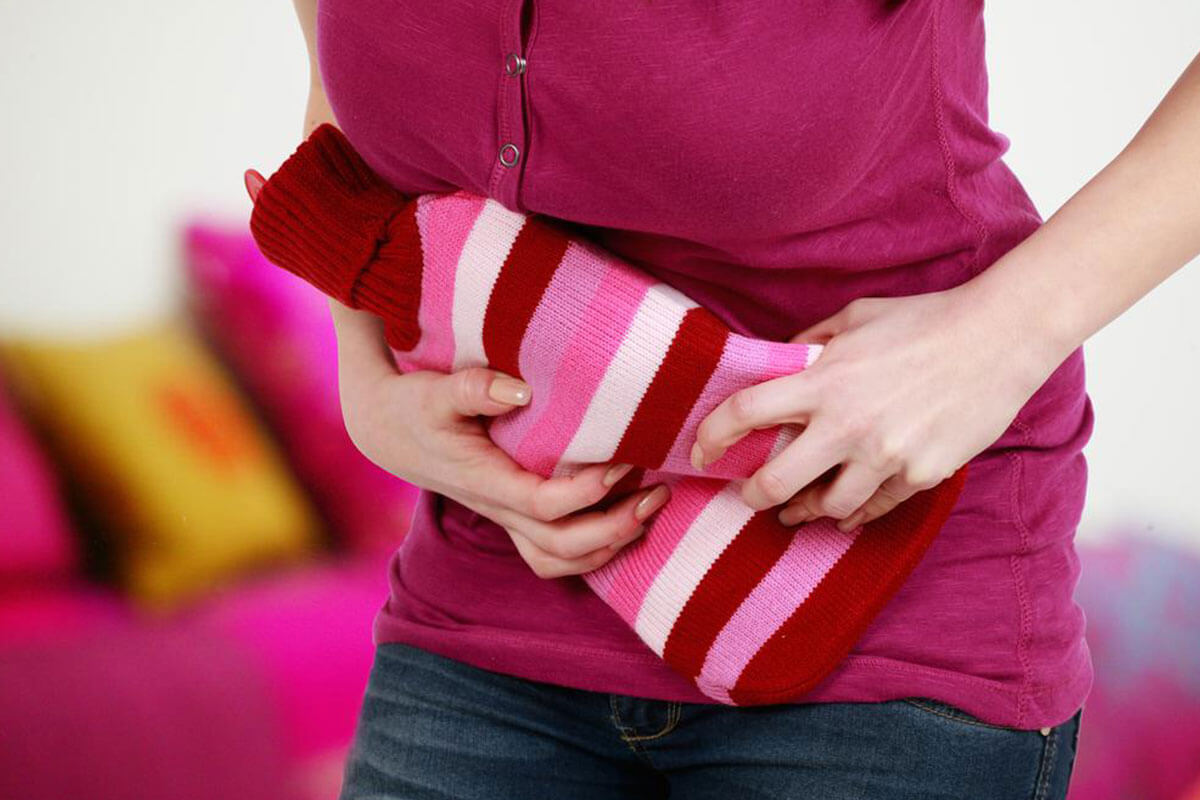Managing GIST – Treatment modes and diet tips

Gastrointestinal stromal tumors or GISTs are tumors formed in the digestive system organs, such as the small intestine and stomach. This is a severe form of cancer that affects individuals worldwide. But, here is some good news: GIST is treatable and manageable. Patients can avail various treatment methods and manage the condition by following a healthy diet and lifestyle. This article focuses on both of these aspects in brief.
Treatment modes of GIST
- Surgery
GISTs are typically small and not very aggressive. This makes surgery one of the topmost and primary modes of treatment. Studies have shown that doctors can eradicate the tumors in 85 percent of cases. Once the tumor has been removed, doctors study it under a microscope to check for chances of redevelopment and reoccurrence. - Targeted therapy
Depending on the severity of the condition and the tumor’s size, doctors can also suggest targeted therapy to treat GIST. This therapy uses certain medications to identify and attack the cancerous cells in the gastrointestinal tract. - Supportive care
Surgery and targeted therapy may be accompanied by supportive care. This method closely monitors a patient and manages any side effects or psychological problems that might arise during treatment.
It is crucial to remember that GIST can reoccur within the first two years of removing the tumor. However, patients can reduce the risk of redevelopment by maintaining the right diet and following proper nutrition.
Managing GIST with diet and nutrition
Living with GIST is not easy as its symptoms can impact day-to-day life. Individuals can experience pain in the abdomen, nausea, vomiting, and may feel fatigued. This makes eating the right foods very essential. Here are some diet tips for managing GIST better:
- Ensure to get the proper amounts of vitamins and minerals from the diet.
- Avoid eating high sugar foods as they can worsen the symptoms.
- Reduce calorie intake by 20 to 30 percent.
- Avoid hydrogenated fats and fats of animal origin as they are difficult to break down and can lead to digestion problems.
- Reduce salt intake.
- Avoid or limit alcohol consumption.
Patients should get in touch with a dietician to help them plan a diet that works for their system. It is also recommended to talk to a doctor about preventing the recurrence of GIST in the body once the tumor has been removed.


